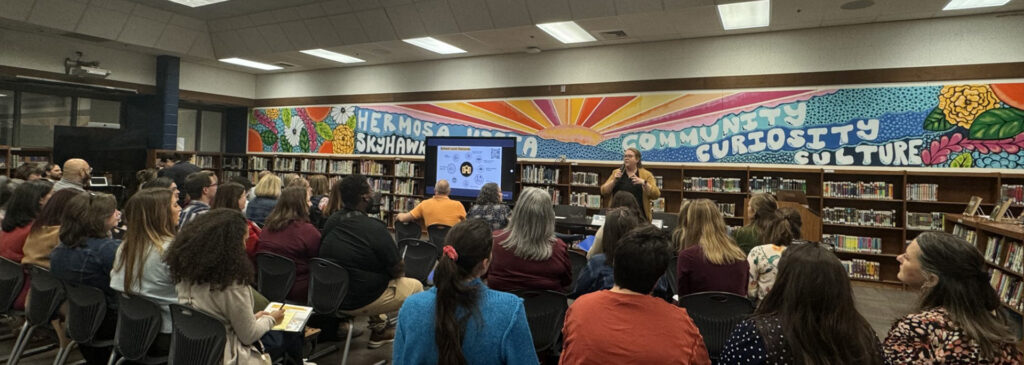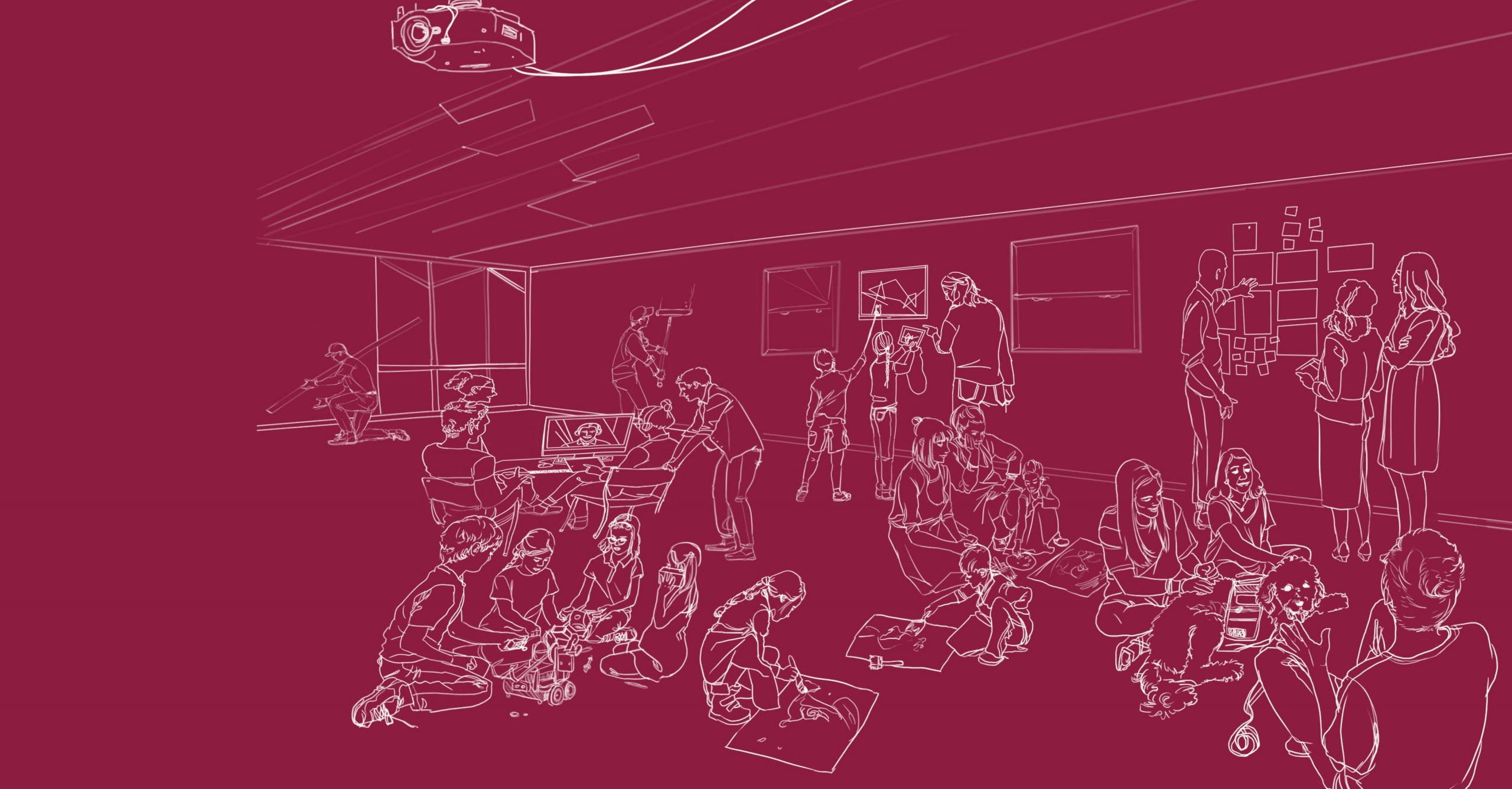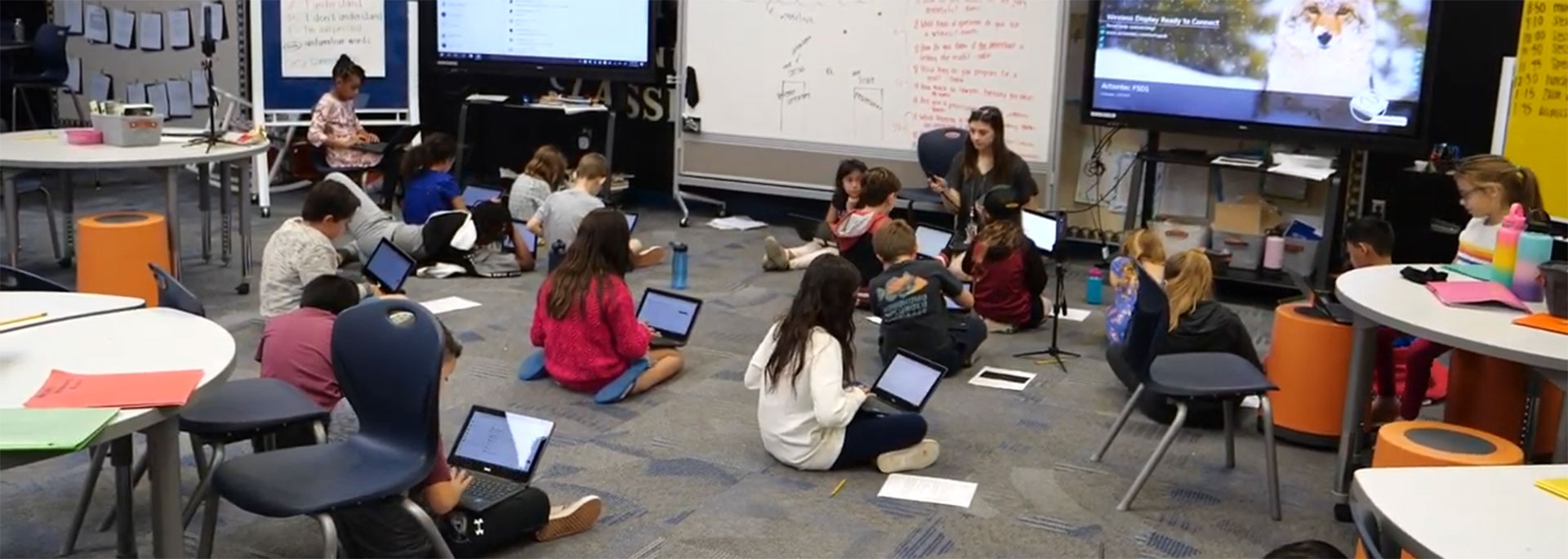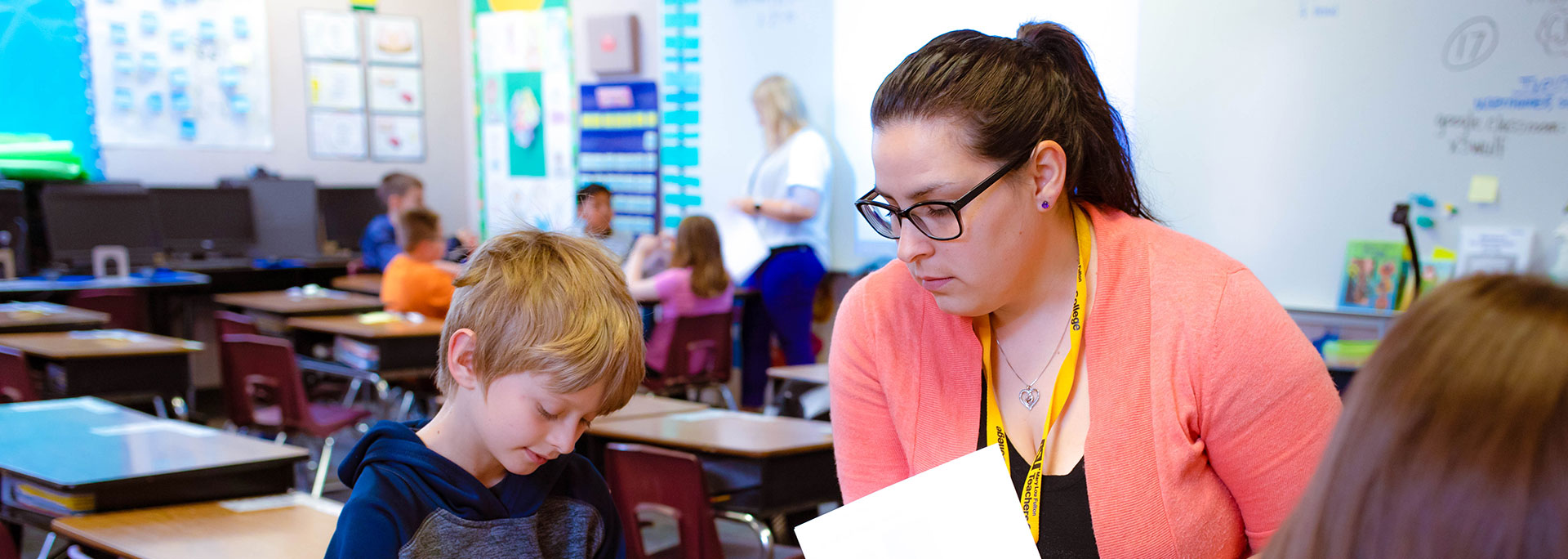
Better outcomes for students.
Better experiences for educators.
Next Education Workforce™ strategic school staffing models empower educators to work in teams to deliver better outcomes and experiences.
Teams make the job of teaching more sustainable and effective
Educators are burned out, unsatisfied and are leaving the profession. Fewer people are choosing to become teachers, leading to staffing shortages in U.S. schools. But, when schools are staffed by educator teams, teachers — and their students — thrive.
With support from ASU, schools across the country are launching successful team-based staffing models
Arizona State University’s Mary Lou Fulton Teachers College works with schools to design and implement strategic school staffing models that help address root causes of low and inequitable student outcomes, teacher shortages and burnout.
Team-based staffing models are better for students and educators
Early research shows promising results: lower turnover rates and more support for educators; and academic growth and greater levels of engagement for students. Learn how these models are improving outcomes and experiences for both students and educators.
We are all hard-wired as people to work together and yet, we ask our teachers to collaborate outside of the classroom absent of the children they’re serving. The model must change. A remedy exists in the Next Education Workforce, which is changing the design of how teachers work and how they’re supported. It could not have come at a more critical time.
Superintendent
By the numbers
43
School systems
143
Schools
375
Educator teams
27000
Learners
News and insights

Defining the ‘why’: How Leader Launchpad prepares school leaders to design and launch team staffing models
In this Q&A, Nick Carson, the assistant director of regional implementation support for the Next Education Workforce™, answers questions about the initiative's Leader Launchpad workshop, including why it was created, what changes have been made to the offering and what he’s most excited about.

From coast to coast: More schools implement Next Education Workforce models in 2024-25
In the 2024-25 school year, 143 schools across 17 states embraced innovative Next Education Workforce™ models, a transformative step to improve outcomes for learners and educators through team-based strategic school staffing.

Seeing is believing: How Arizona site visits are driving expansion of Next Education Workforce models nationwide
Nearly 70 educators and school and system leaders attended the Next Education Workforce™ initiative’s November Site Visit, joining a growing number of out-of-state, and even out-of-country, educational innovators coming to Arizona to see team-based strategic school staffing models in action. And the reason they can come see these models in action can be attributed largely to the Mesa Public Schools district that decided to take a big step forward in transforming how it supports its students and educators.
In the news
Resources

Resource
Elements of the Next Education Workforce
There is no one-size-fits-all Next Education Workforce model. The diverse contexts, assets and needs of each school inform the design and implementation of each model. However, all Next Education Workforce models share several common elements. This document describes the Elements of the Next Education Workforce found across dozens of schools that have launched successful team-based models.

School Spotlight
Kyrene de las Manitas Innovation Academy
Kyrene de las Manitas Innovation Academy creates new roles and staffing structures in an effort to attract and retain high-quality staff and reinvigorate teaching.

Collection
Dynamic student groupings
How do educator teams leverage dynamic student groupings, differentiate roles and responsibilities and facilitate fluid movement across flexible learning spaces? Explore snapshots of learning spaces to learn more.
Upcoming events
Explore Experience: Jan. 13
Join the Next Education Workforce™ Explore Experience to learn about the elements of team-based models and consider if this approach is right for your school or system context.
Strategic School Staffing Summit 2025
The Strategic School Staffing Summit hosted by the Next Education Workforce™ initiative brings together hundreds of stakeholders from across the education ecosystem to share ideas, strategies, practices and conditions that enable a more diverse, team-based education workforce.
Next Education Workforce Leadership Institute 2025
Join our Leadership Institute for K-12 leaders spearheading their school’s ongoing shift to Next Education Workforce models. This interactive workshop is designed to develop your skills, add strategies to the toolbox and build on shared practices for positive change.